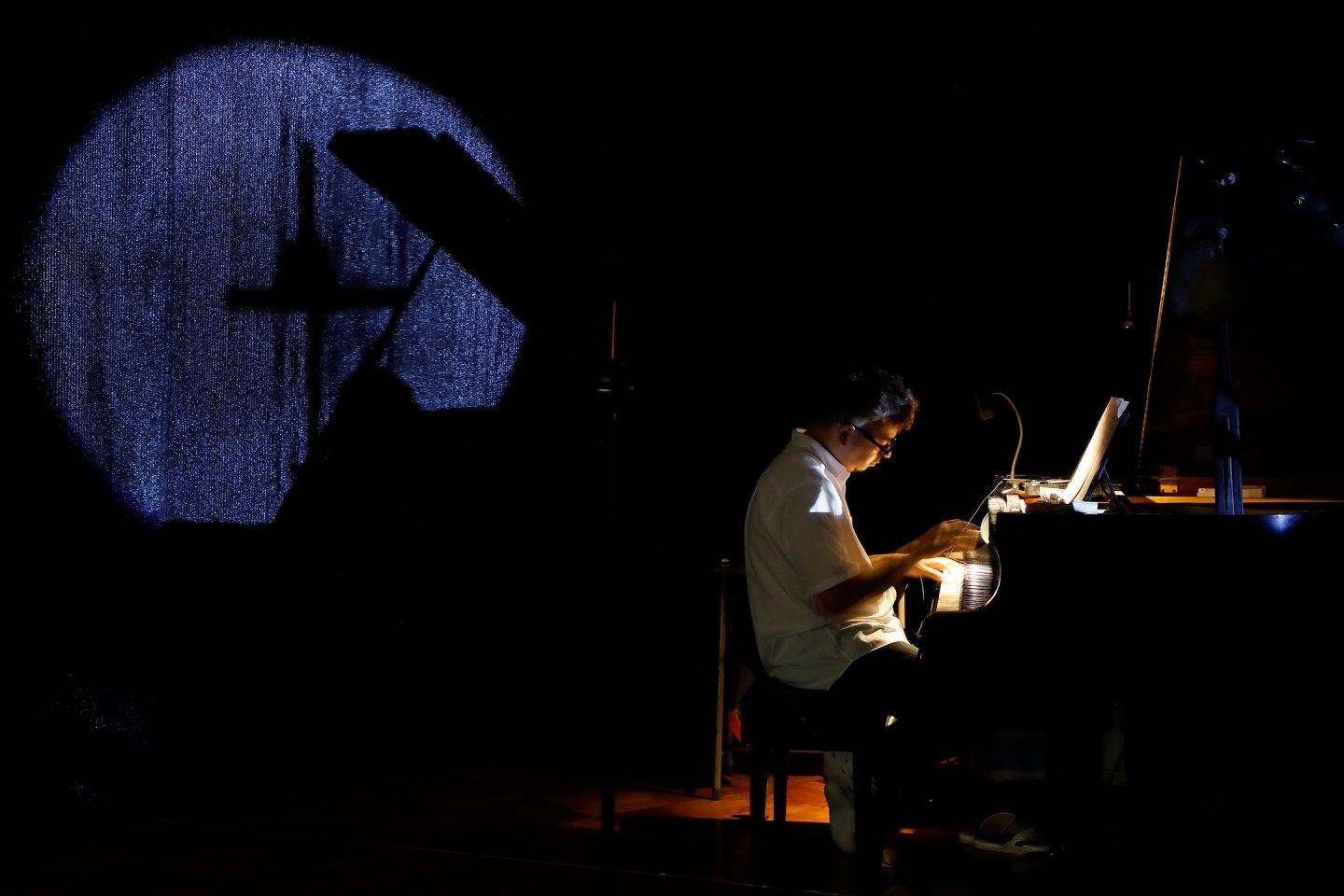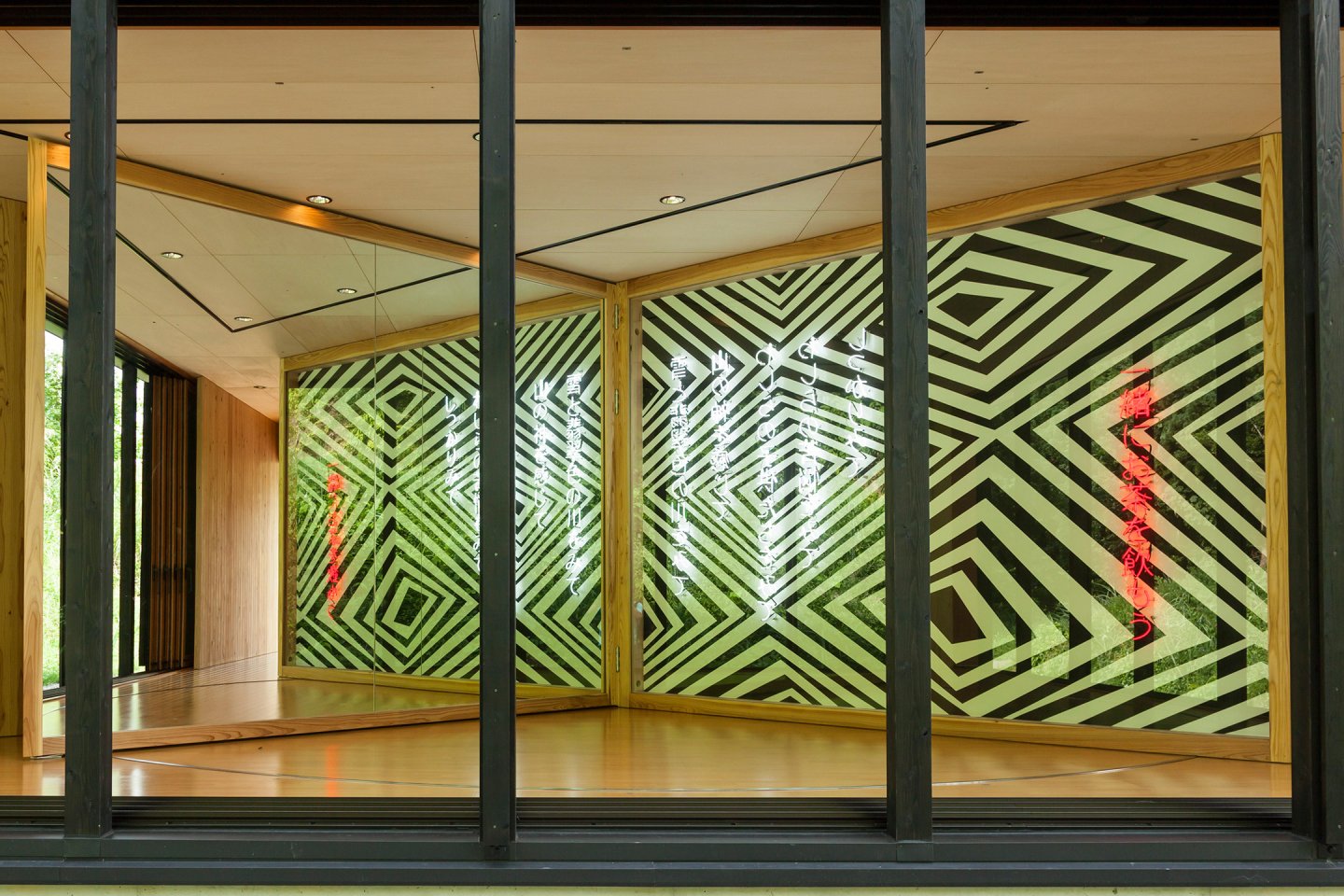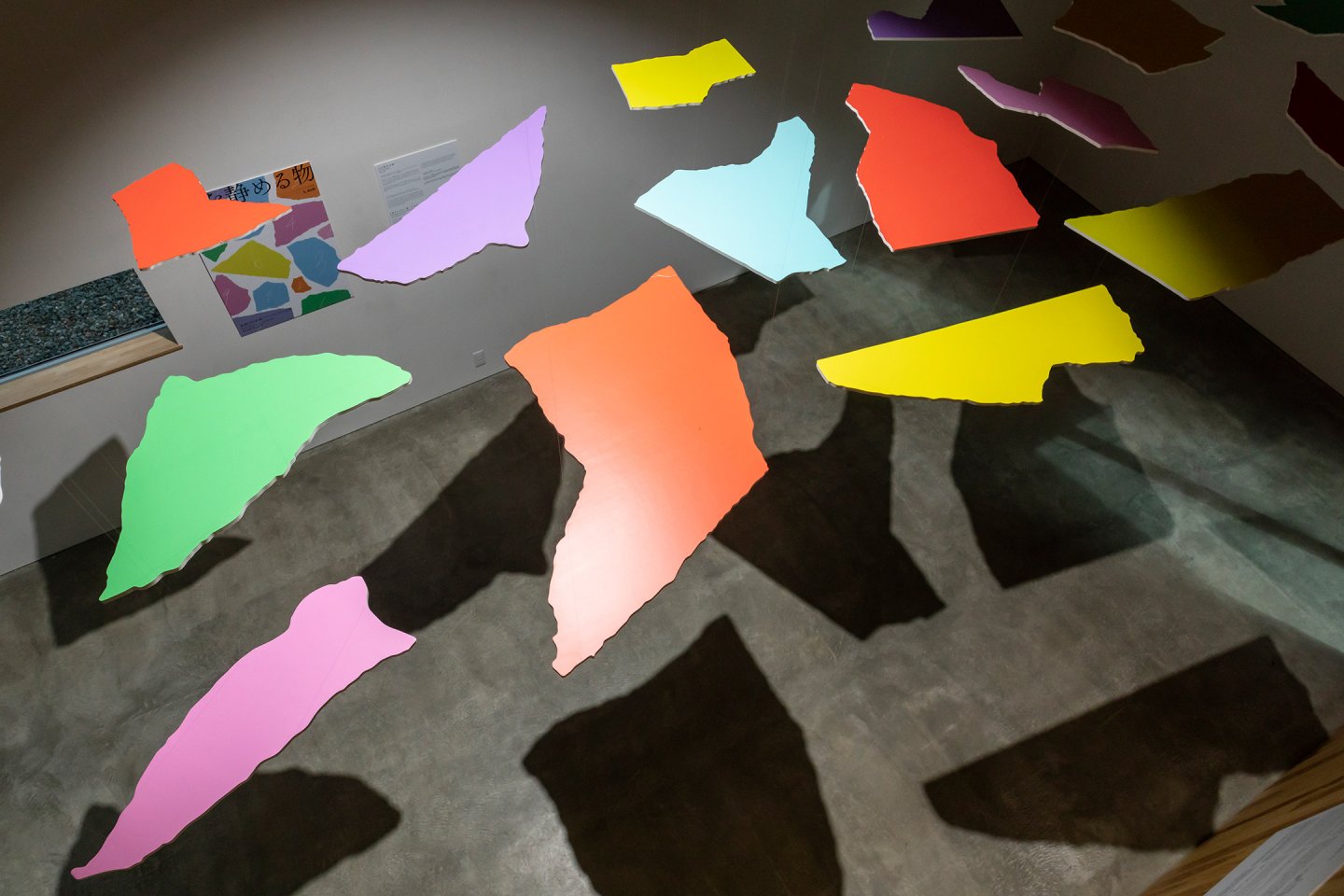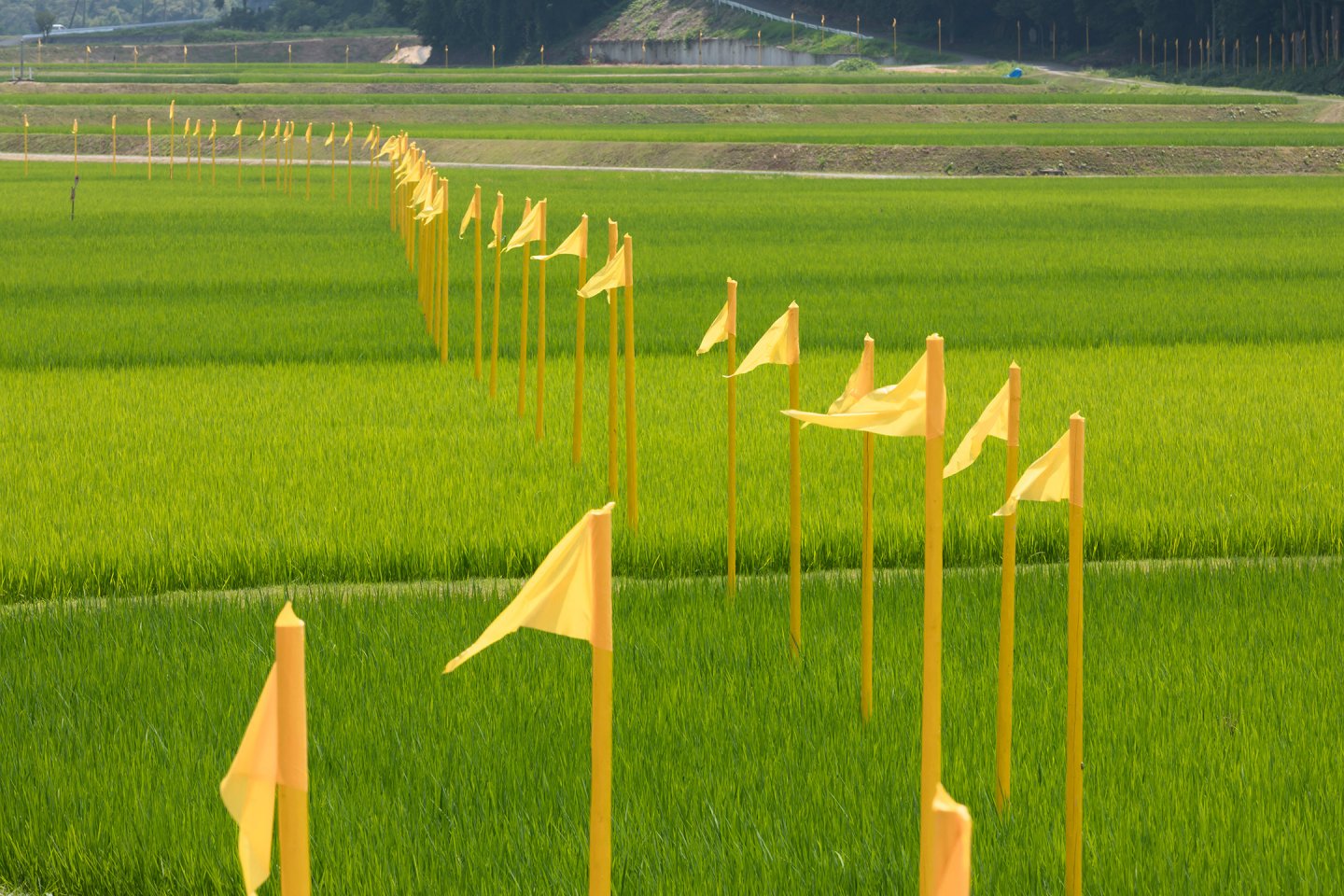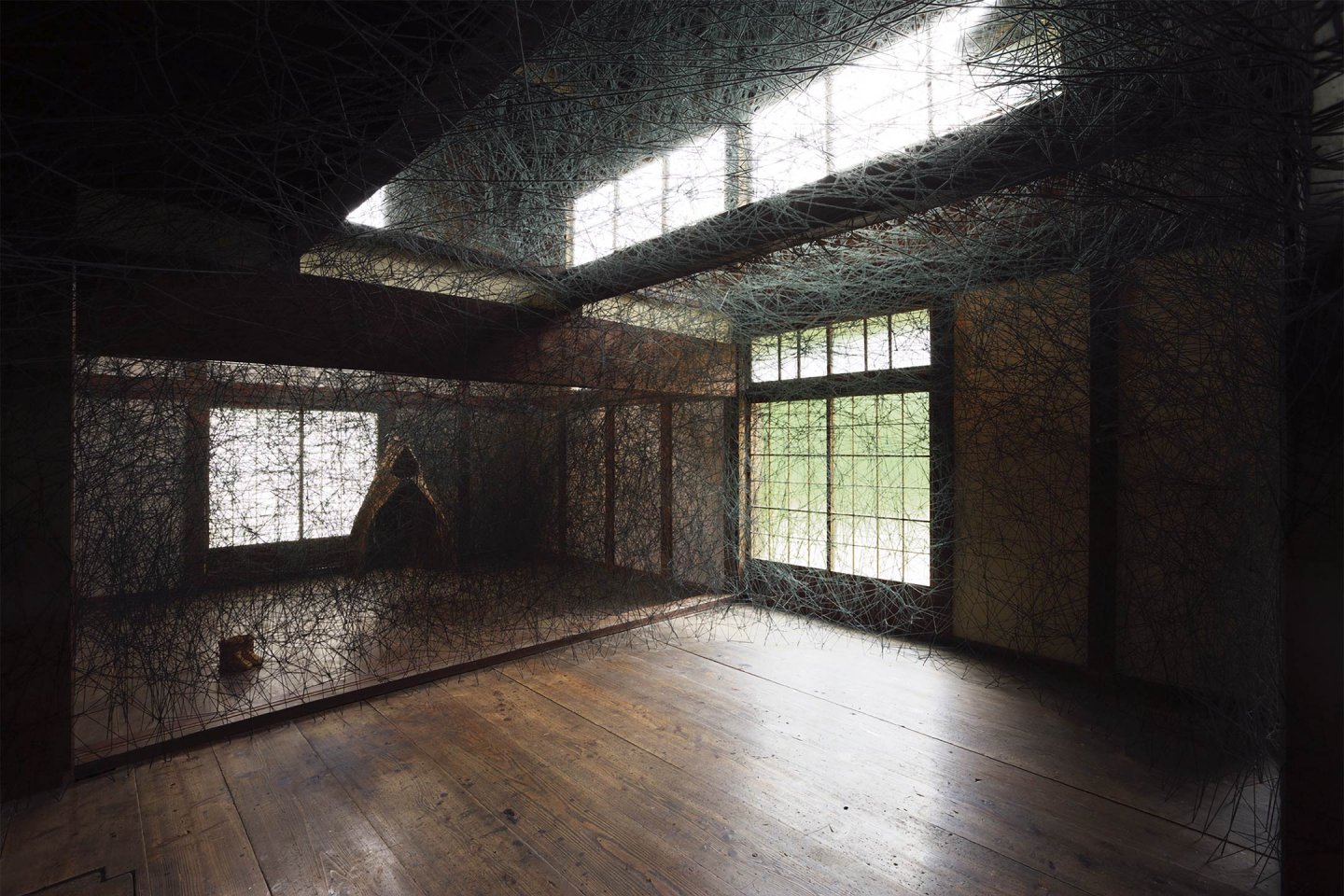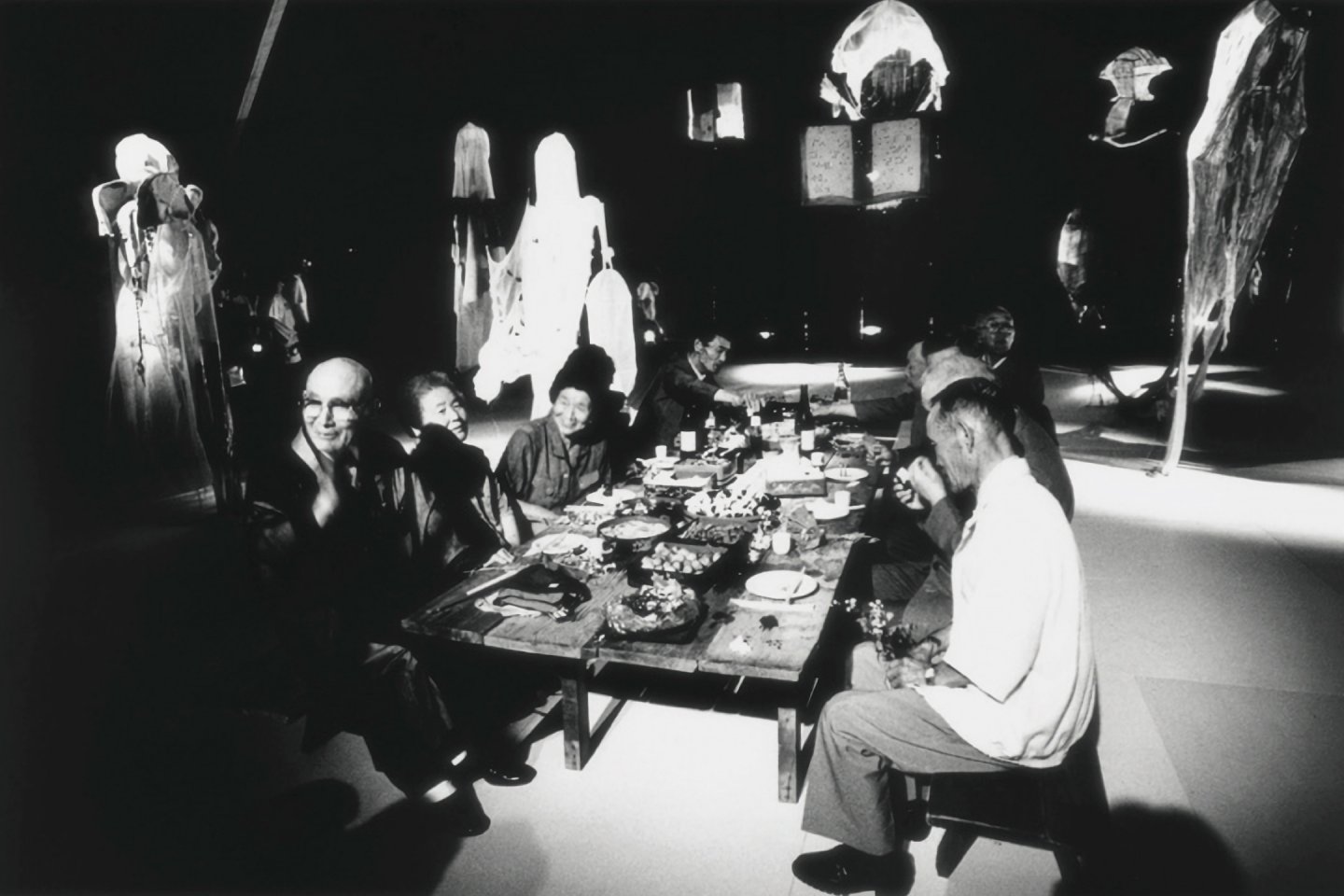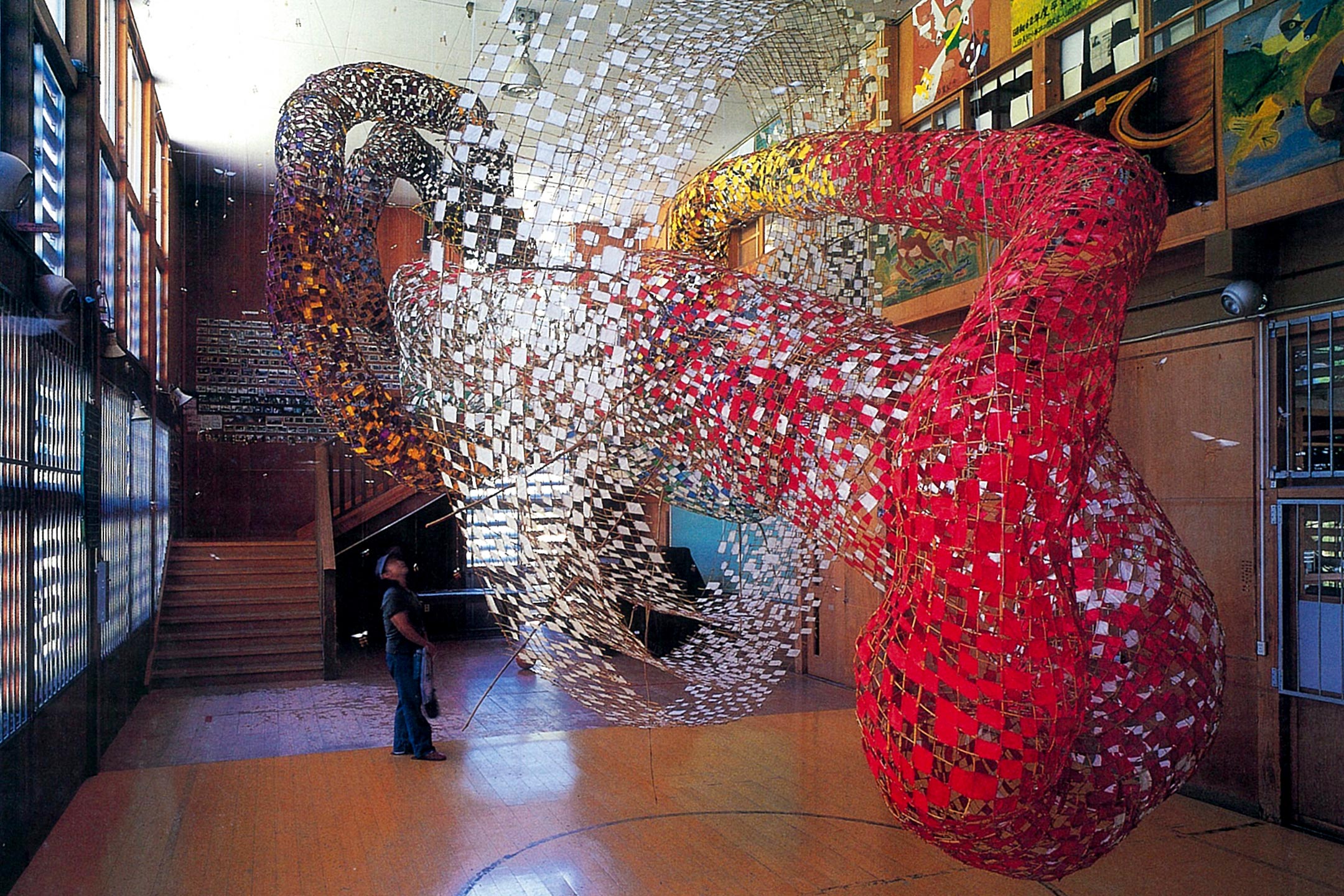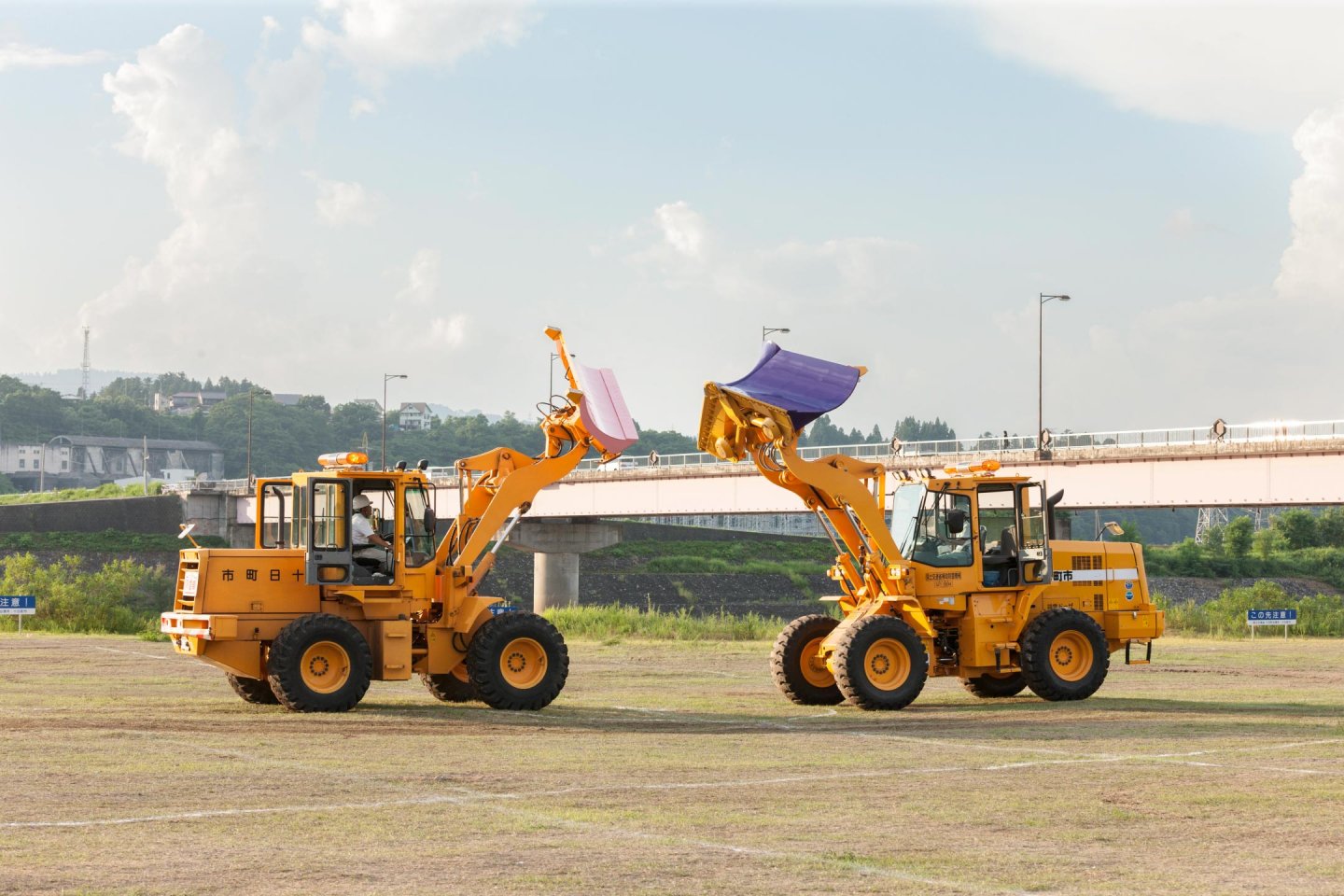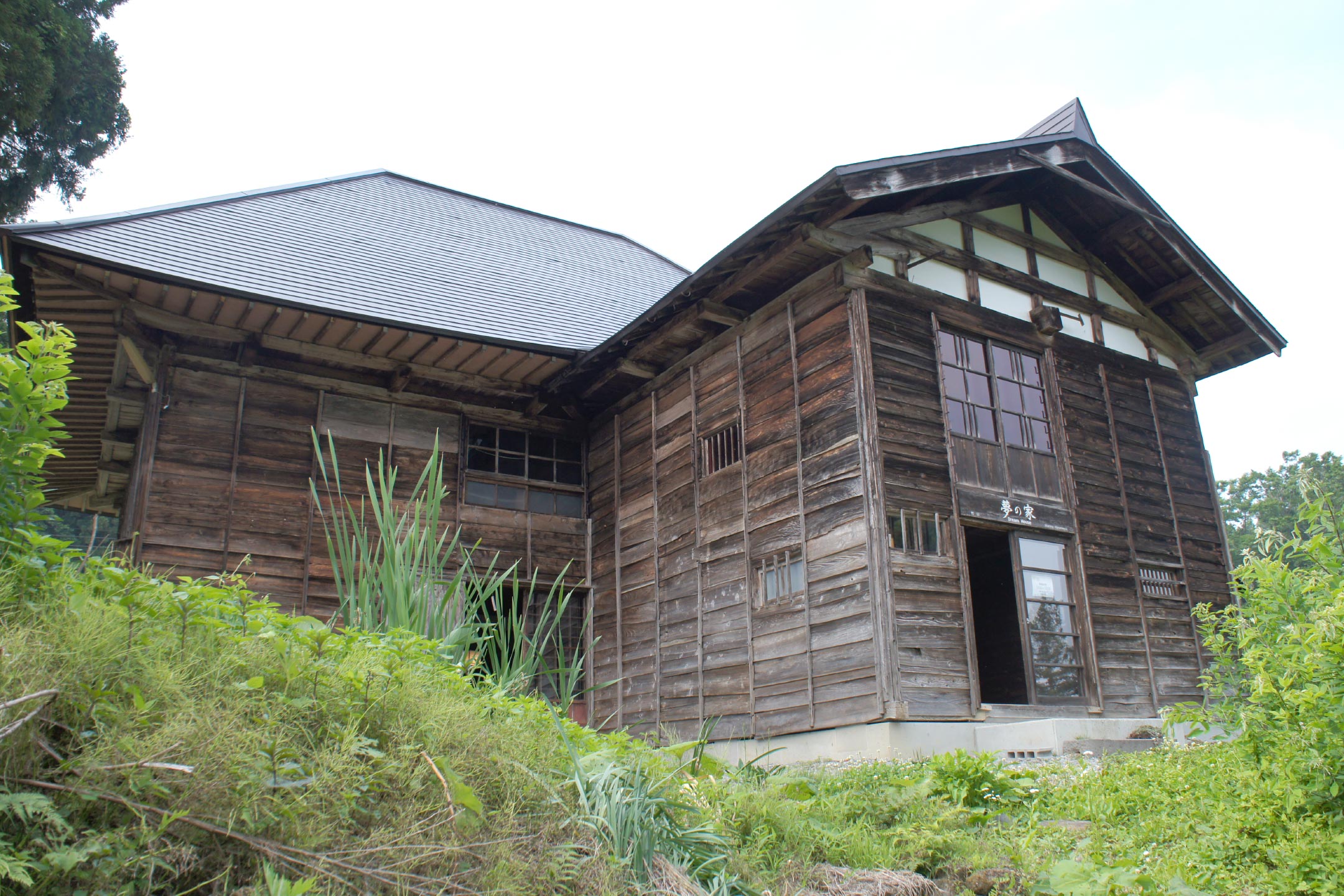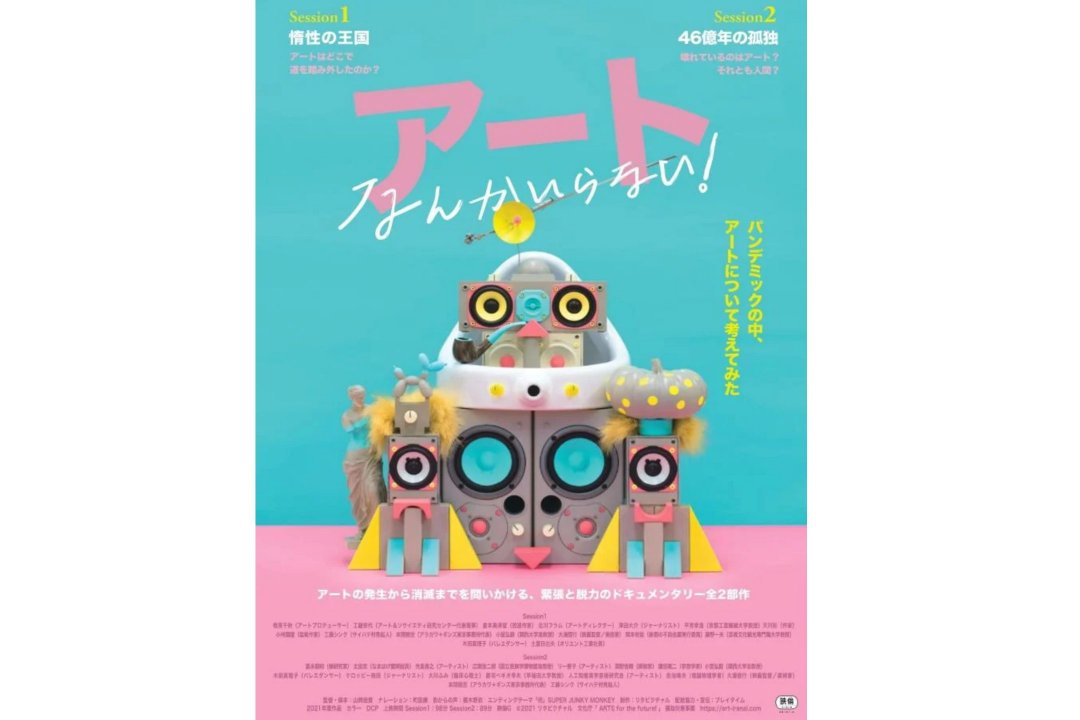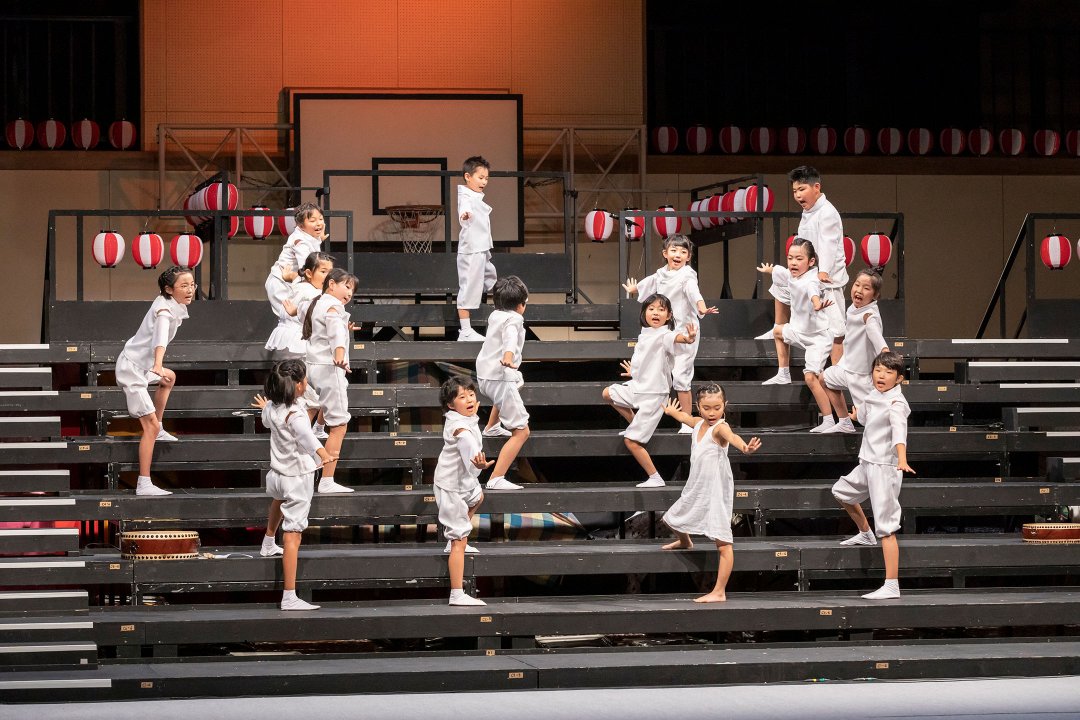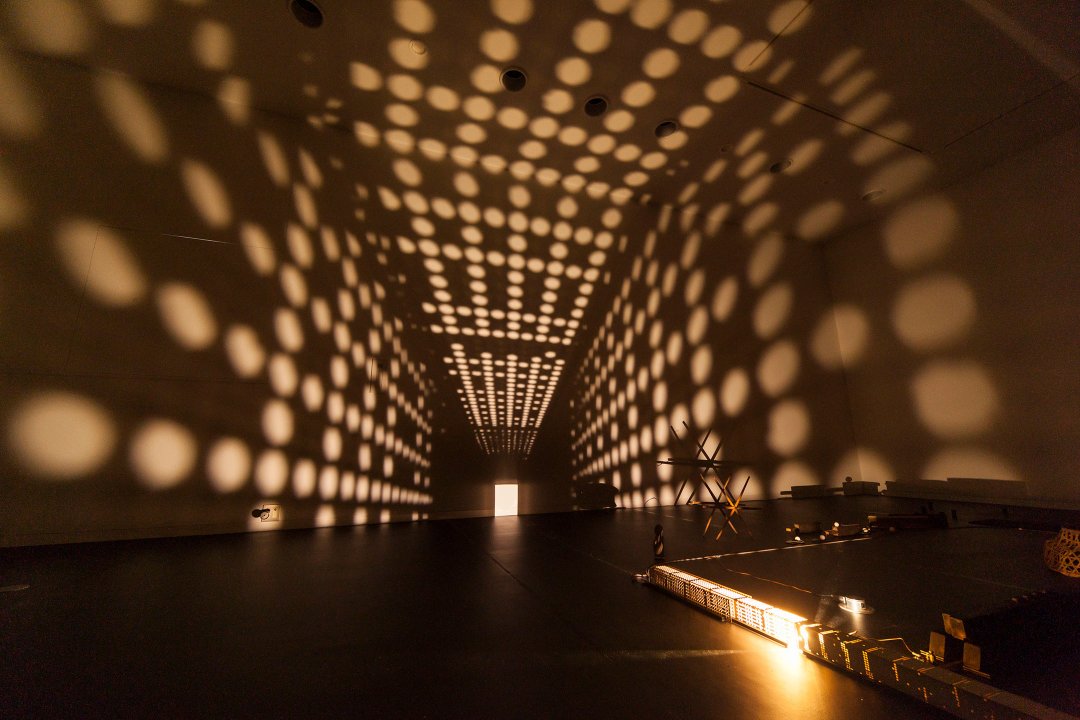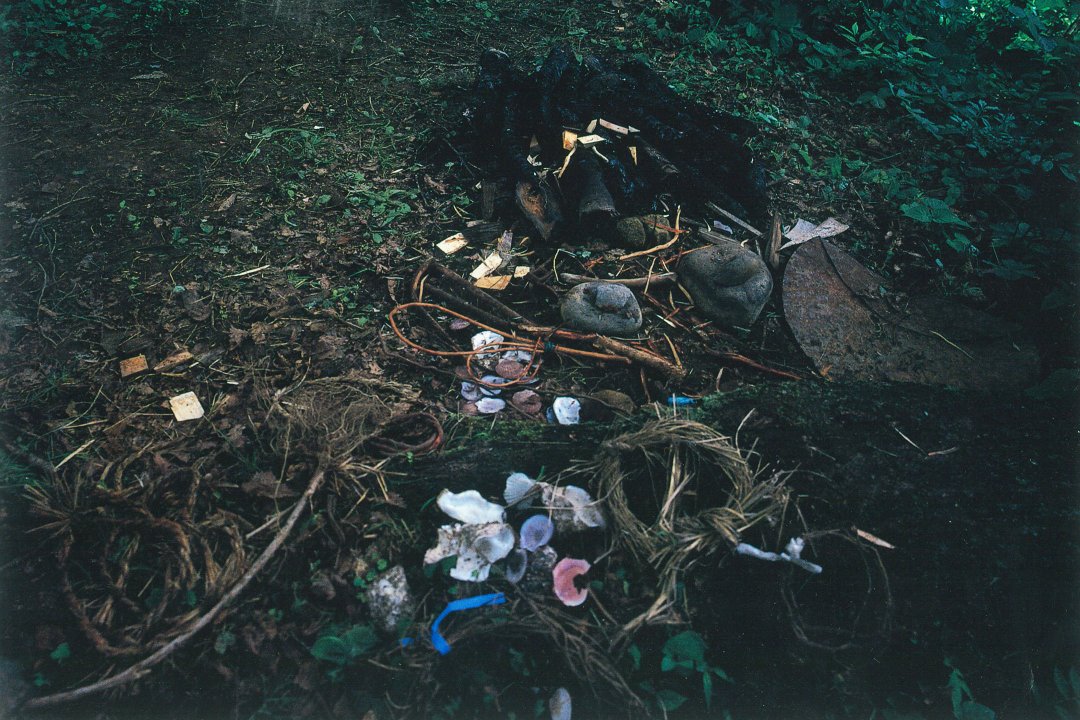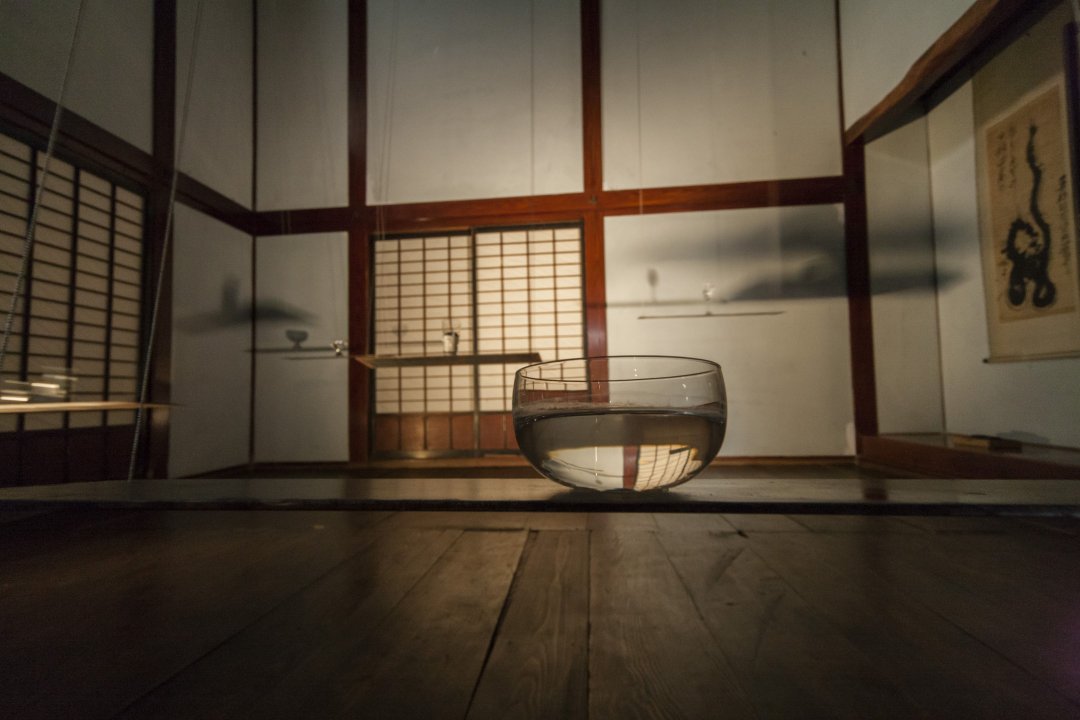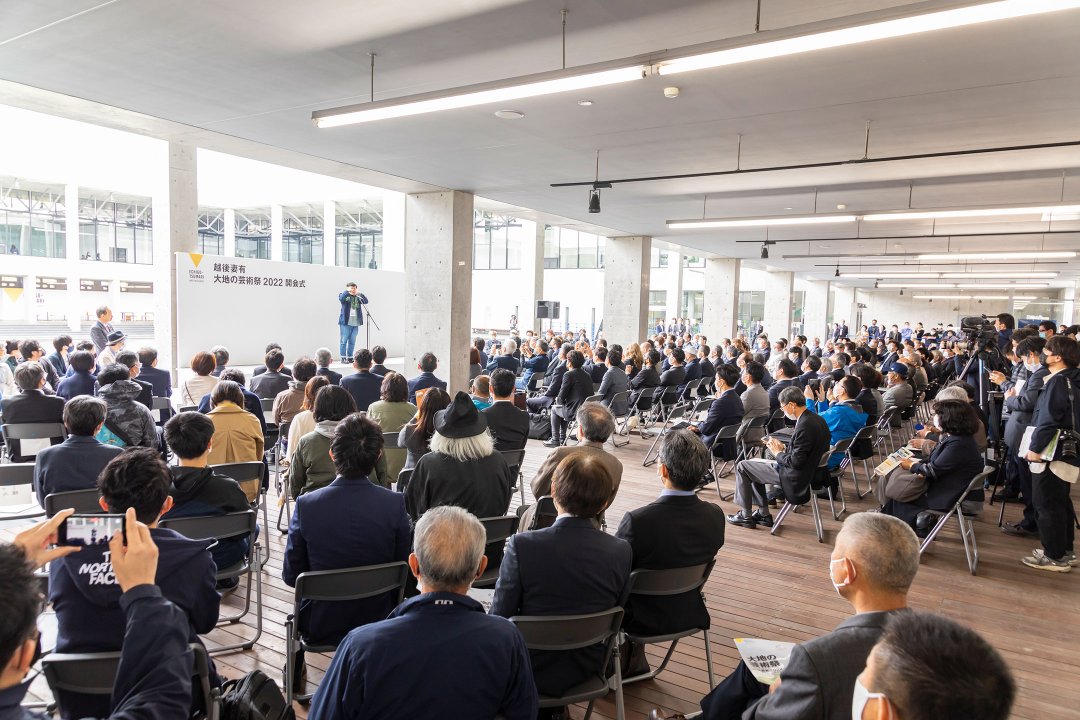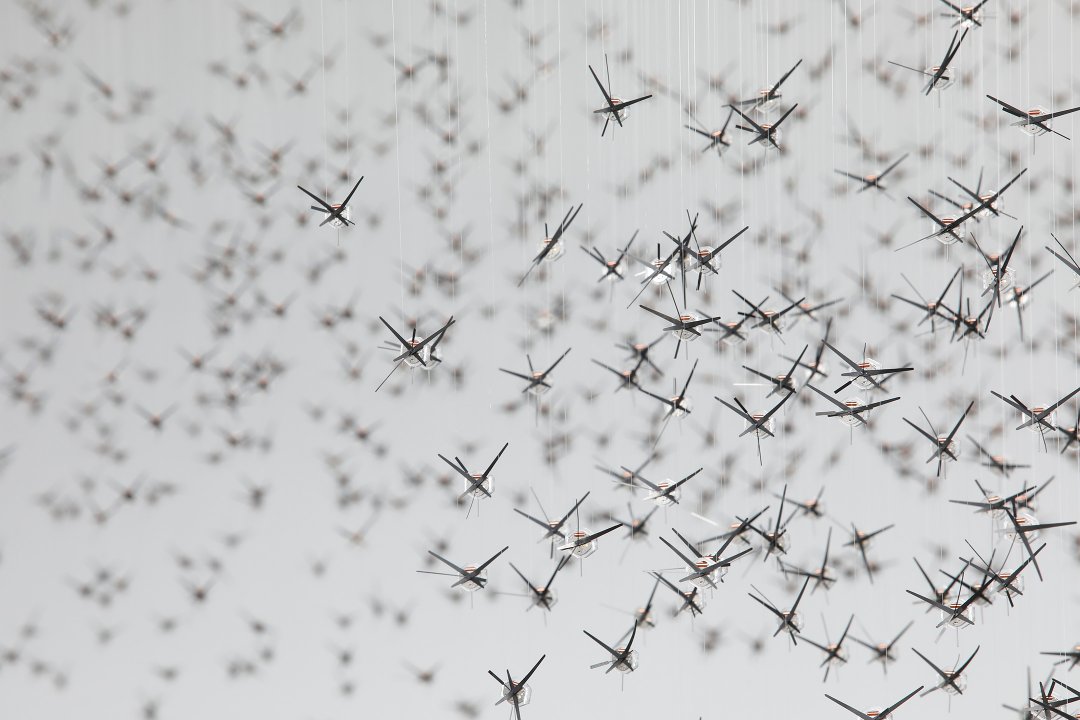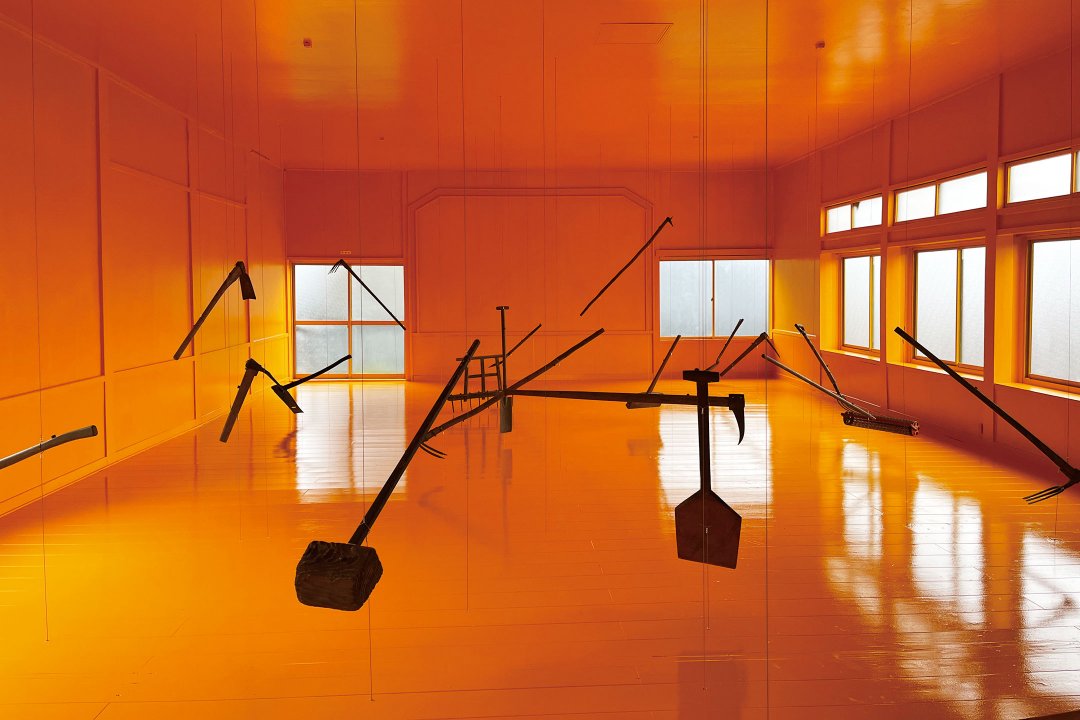Thinking 21st century art in the world from Niigata
Echigo-Tsumari Art Field - Official Web Magazine
Artwork / NAKAGAWA Yukio
Hana Gurui (Flower Crazy): Tankusanka・Tulips Dancing Wildly in Tsumari
"Hana Gurui (Flower Crazy): Tankusanka・Tulips Dancing Wildly in Tsumari", 2002, by NAKAGAWA Yukio
Artwork / NAKAGAWA Yukio
Hana Gurui (Flower Crazy): Tankusanka・Tulips Dancing Wildly in Tsumari
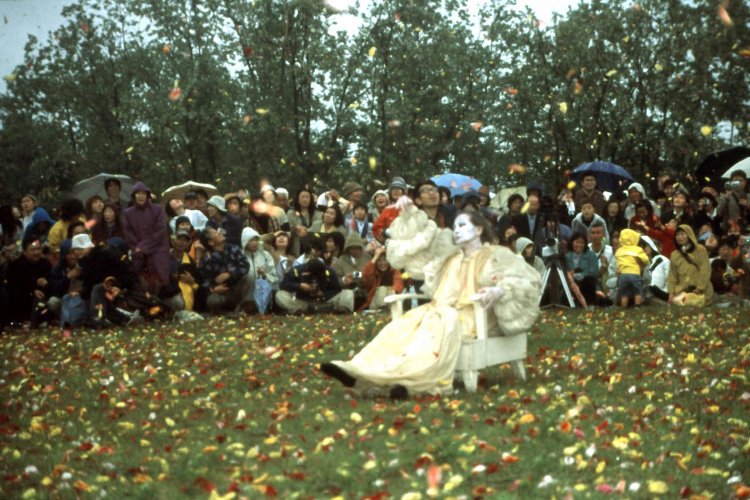
"Hana Gurui (Flower Crazy): Tankusanka・Tulips Dancing Wildly in Tsumari", 2002, by NAKAGAWA Yukio
Dancing in the millions of flower petals: the greatest collaboration between the legendary Butoh dancer and the avant‐garde Ikebana artist
Text and edit by UCHIDA Shinichi / Edit by KAWAURA Kei (CINRA.NET editorial team)
10 July 2020
The greatest collaboration in lifetime between the legendary Butoh dancer and the avant‐garde Ikebana artist
ETAT has been extensively presenting artworks that are closely related to life such as ceramic art and culinary culture in addition to contemporary art. “Ikebana” is one of those non-convential art fields which has been featured in ETAT since 2006. This performance, “Hana Gurui (Flower Crazy): Tenkusanka・Tulips Dancing Wildly in Tsumari” was presented in 2002 as a pre-event of ETAT2003.
The artist, NAKAGAWA Yukio (*1) is known as one of the avant‐garde Ikebana artists came into the art scene after the war. Throughout his life, the artist was pioneering to explore expressions that would reverse the conventional concept of Ikebana through his works such as “Bruce” (a whole Chinese cabbage) which lead him to depart the school he blonged to, “Hana Bozu” (put c0untless number of carnations in a glass vasa, place it upside down to dye the washi paper underneath with the flower liquid). While he might have given an impression of isolated expressionist, he developed friendship with talented individuals from diverse fields including TAKIGUCHI Shuzo, an art critic and DOMON Ken, a photographer and pursued radical collaborative opportunities with musicians and dancers.
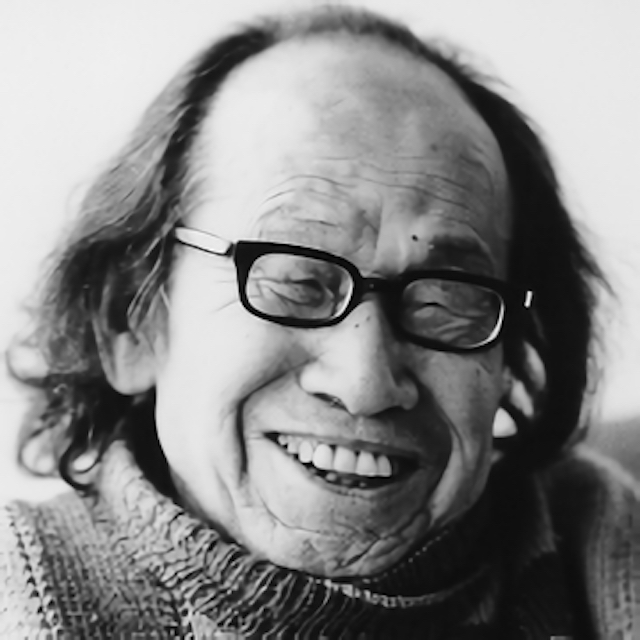
*1: About the artist NAKAGAWA, Yukio
Ikebana artist. Born in 1918 in Marugame-city, Kagawa. He encountered with Ikebana in his 20s. He left Ikenobo school at 33 year-old and moved to Tokyo when he was 38. Without belonging to any organisations nor schools and taking any pupils he had engaged with creative activities alone and created avant-garde and innovative works. He studied under DOMON Ken and took photographs of works by himself while created artworks in calligraphy and glass works. His unconventional expressions and unique works in the pursuit of the nature of flowers are praised highly both in Japan and abroad. His long-term dream came true when he presented the performance, “Hana Gurui (Flower Crazy): Tenkusanka・Tulips Dancing Wildly in Tsumari” in 2002 which was held as a pre-event to ETAT2003. He died in 2012 at the age 93.
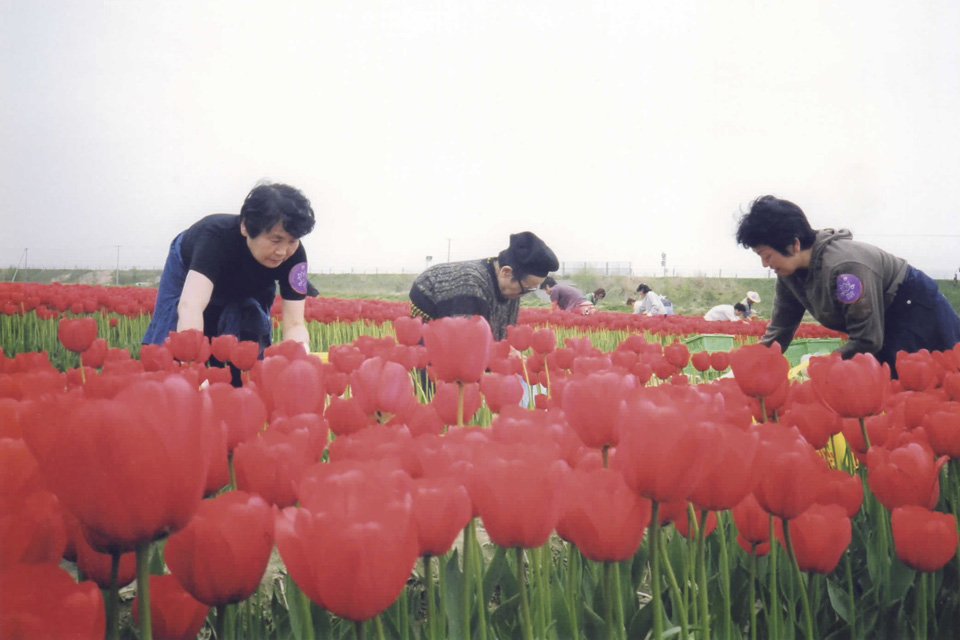
Flower picking at Gosen-city, Niigata. (Photo by Mayumi Uchida)
“Hana Gurui (Flower Crazy): Tenkusanka・Tulips Dancing Wildly in Tsumari” performed by Nakagawa in Echigo-Tsumari was nothing like Ikebana displayed and viewed in a tranquil room that most of us would think of. The performance was conducted at the riverbank of Shinanogawa River in early summer and one million of tulip petals were scattered from a helicopter in the sky, whirling madly in the wind as the legendary Butoh dancer, ÔNO Kazuo danced in the petals (*2). The collaborative, crazy, and spectacular performance of the two giants.
*2: Collecting Tulip petals
Picking up flowers is part of nurturing Tulip bulbs in order to provide more nutrition and those flowers were used for this performance.
Flower petals dancing in the sky and the old Butoh dancer performing in the chair - a few minutes for the condensed life
“Hana Gurui (Flower Crazy): Tenkusanka・Tulips Dancing Wildly in Tsumari” was held on 18 May 2002. Approximately 4000 audience were gathered in the riverbank of Shinanogawa. People were waiting paitiently in a rain holding umbrellas or in raincoat. Shortly after, when looked up the sky following the sound of a flying helicopter, people saw countess number of red and yellow flower petals as many as 1 million from 200,000 tulips released from the helicopter.
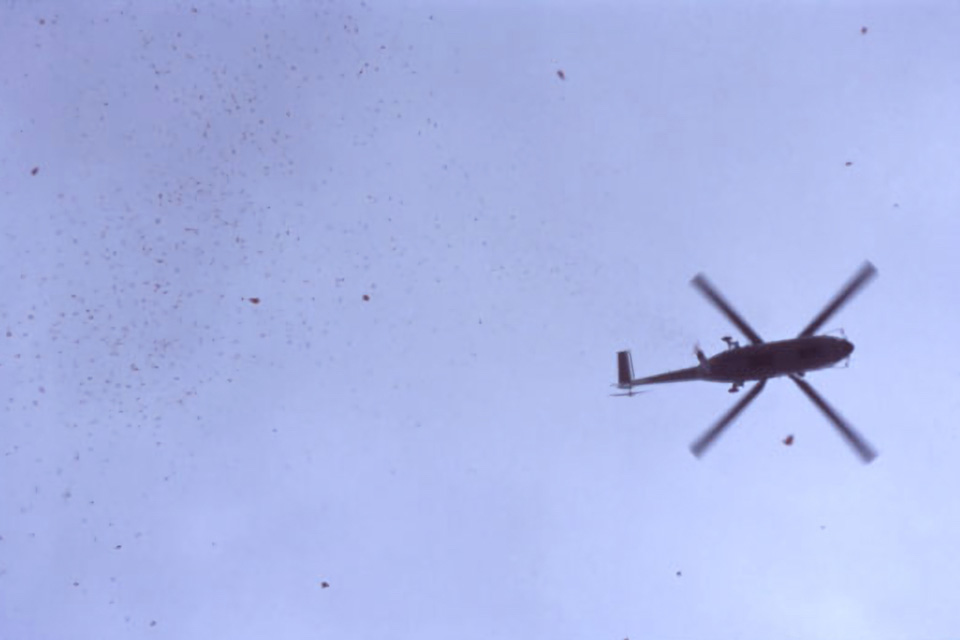
“Hana Gurui (Flower Crazy): Tenkusanka・Tulips Dancing Wildly in Tsumari” by NAKAGAWA Yukio. 2002. The helicopter released flower petals from the sky. (Photo by MIYATA Hitoshi)
Ono, on the ground with the uttering audience, started to perform Butoh dance as if he dance with the magnificent “Ikebana” arranged in the vase made of the earth and sky. Ono who had collaborated with Nakagawa before, then was already 95 year old. He sat on the white arm chair on the riverbank, spread his arms reaching out to the sky and performed using his entire body along with singing voice of the Vienna Boy Chorus. It was a sight which was mystical and overwhelming at the same time and the audience watched with holding their breath. KITAGAWA Fram, the General Director of ETAT, described the experience as “celebrating the moment of the solemnity of human”.
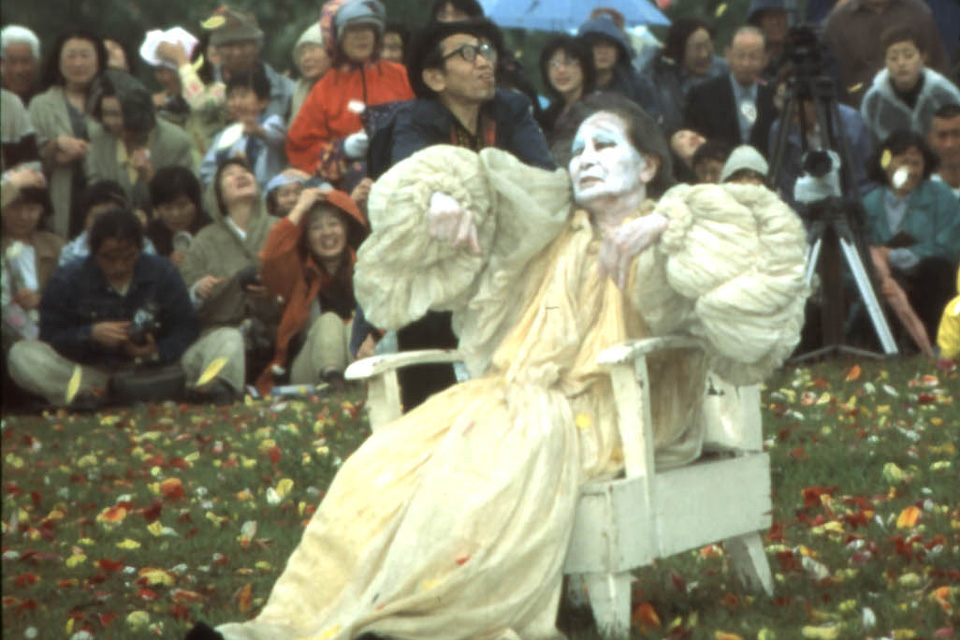
“Hana Gurui (Flower Crazy): Tenkusanka・Tulips Dancing Wildly in Tsumari” by NAKAGAWA Yukio. 2002. ONO Kazuo (front) and NAKAGAWA Yukio (back). (Photo by MIYATA Hitoshi)
Nakagawa quietly walked towards Ono and took his hand during the performance. Nakagawa, 84-year-old then, continued to stand behind Ono and watched him perform throughout. Was what these two legendary artists showed the mellow expression or dauntless aspiration for pioneering avant‐garde expression at the maturity of their career? It could have been both. The performance itsel lasted just for a few minutes but it became an unforgettable few minutes for those who witnessed the moment.
Nakagawa presented “Tsumari Dream Unfolds” at ETAT2003 in the following year. It was an installation featuring Kimono (specialty of Tokamachi-city), glass objects and calligraphy presented in light and shadow in the indoor space. Nakagawa left the following remarks on his stay at Echigo-Tsumari and about this work:
NAKAGAWA:I was hopeful that visitors will use their imaginations on the history of Echigo-Tsumari, its pride, nature and people living on this place. I will never forget the experience of being embraced by eternal nature and creating my work in the closed school. I am grateful for those involved for this precious experience.

“Tsumari Dream Unfolds” by NAKAGAWA Yukio, 2003, (Photo by ANZAI)
Both artists continued their activities until they passed away a the age 103 for Ono in 2010 and 93 for Nakagawa in 2012. “Hana Gurui (Flower Crazy): Tenkusanka・Tulips Dancing Wildly in Tsumari” could be described as the artwork of the two artists at their maturity as expressionists capturing the vibrant of life. This may well be another reason of how this performance is enduring.
I clearly remember how Ono danced in the flower petals with the explosive noise of the helicopter.
S – Ex Kohebi member (ETAT official supporter))
I found out about volunteering opportunity at ETAT when I was a student at art university and joined the volunteer group – which later became known as Kohebi-tai. Kohebi-tai’s logo was based upon the drawing of six snakes representing six cities and towns then on the poster in 1999. Kohebi-tai was named after how the snake, a sacred creature in Echigo-Tsumari, shed themselves as they grow.
We all helped preparation of flower petals for “Hana Gurui (Flower Crazy): Tenkusanka・Tulips Dancing Wildly in Tsumari”. On the day of the performance, I was attending Tokamachi Museum where Mr Nakagawa was also presenting his installation. Without pre-notice, Mr Ono Kazuo came to the museum, started to perform with one hand in front of Mr Nakagawa’s installation. My heart was pounding to be in the same space to see this unexpected moment.
I was planning to leave the museum in time for the performance but everybody became too busy and the car to pick me up was delayed. I thought I was going to miss the performance so felt relieved as we managed to get to the venue just in time. This time, I saw Mr Ono dancing under the sky in the flower petal with the explosive sound from the helicopter. I clearly remember the performance.

Profile
S
Ex Kohebi member (ETAT official supporter)
S was involved with volunteering activities to help support and run ETAT then. S currently works as a staff member of NPO Echigo-Tsumari Satoyama Collaborative Organisation.
It was the experience that stay in my memory, not only the performance but also "behind the scene" including some fo the dramas leading up to the even as well as how the crowd responded.
Whirling the petals of 200,000 tulips from the sky was the aspiration of Nakagawa Yukio for long time. In order to help tulip bulbs grow better, it is necessary to cut flowers while they are in full bloom and they are not sold at the market. He had seen these flowers were floating in the Kurobegawa river of Toyama prefecture, known as the home of tulips. He wanted to create an artwork featuring the life of this flower – such desire of his had led us to realise “Hana Gurui (Flower Crazy): Tenkusanka・Tulips Dancing Wildly in Tsumari”.
Ono Kazuo was rather old then and it was already difficult for him to perform standing. However, he did show the performance as he said, he can dance with hands only. Even the rain was to some extent a fortunate. People immersed themselves into rain and flower petals as they looked up the world which consisted only of clouds and the sky. If the ultimate meaning of the art is to provide a completely new experience to audience, I regard this work was the one which achieved such mission.
This was also an artwork filled with dramas behind the scene. The chair in the helicopter was taken down in order to install the output port and the helicopter was loaded with carbord boxes filled with the flower petals. While the flowers were kept in the snow warehouse, we found out half of them grew mold just before the performance and we had to re-collect 100,000 flowers asking around across Japan. It was so moving to see the local people helped prepare flowerswe received from different places in the greenhouse. While it was a drama caused by the problem, it made me reassured that it helped build stronger connection between supporters and the festival if they were involved with the production of artworks. We also planted the reminder of bulbs in Matsunoyama area after the event.
I also remember the response of the approximately 4000 audience on the date of the performance. Without any instructions by staff members on site, people gathered around the chair where Ono sat and people in the front row folded umbrellas for people behind them. This is what we aim to bring in our events – people care and respect one another.
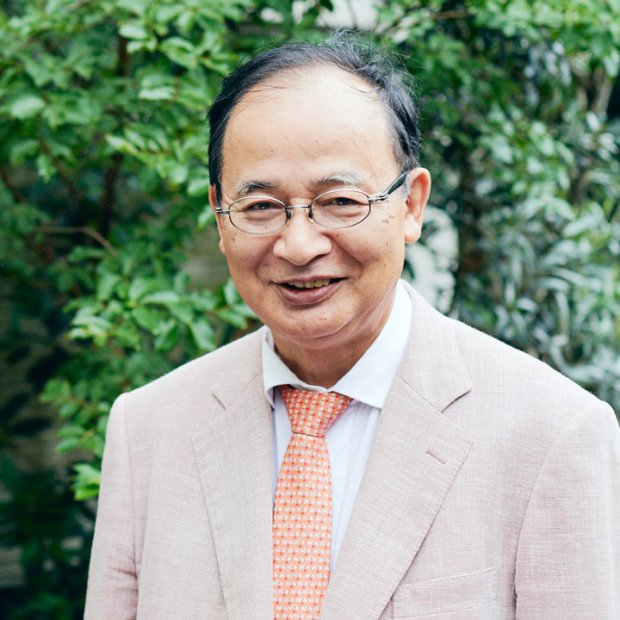
Profile
KITAGAWA Fram
"Art from the Land" editor-in-chef / ETAT General Director
Born in 1946 in Takada-city (current Joetsu-city) in Niigata, Japan. Kitagawa has been General Director of ETAT to date since its preparation phase.
※ This performance was realised with the cooperation by the art coordinator, UCIHDA Mayumi. We are also grateful for her contribution to this article.
※ Cover photo by MIYATA Hitoshi






